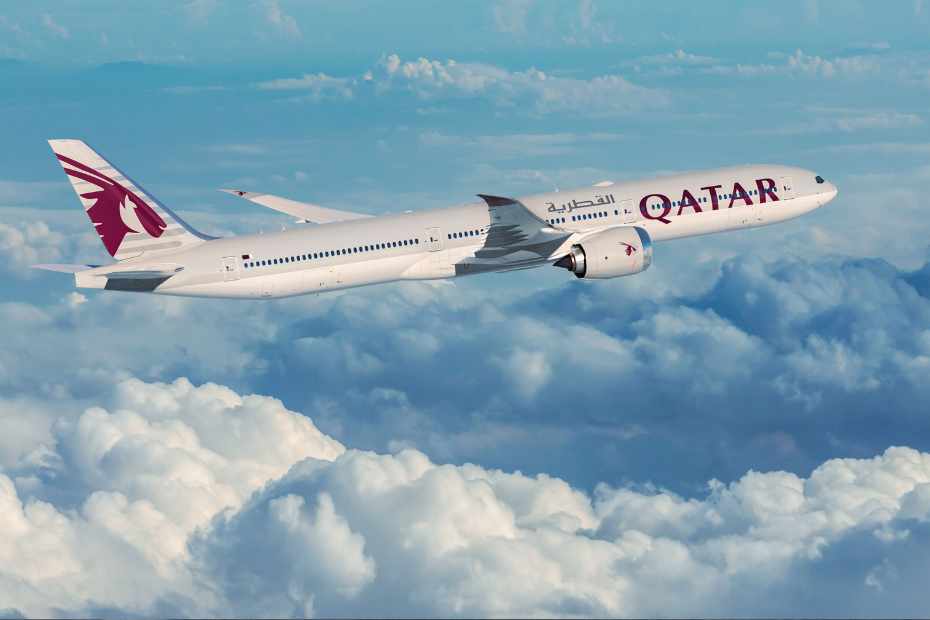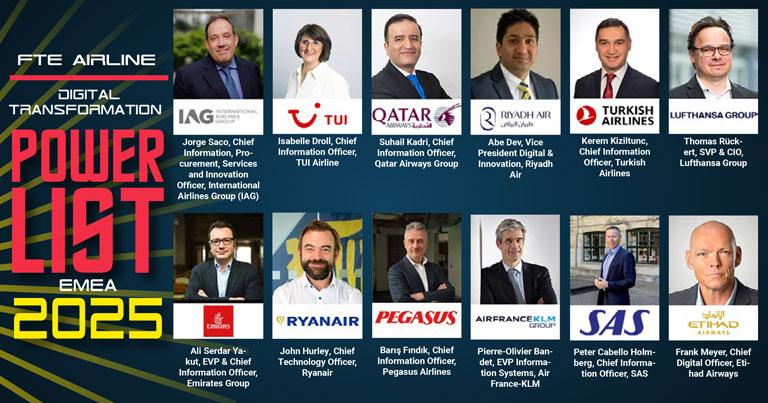Saudi Arabia, UAE, Qatar, Oman, Iran and Bahrain Anticipate Tourism Growth Amid Israel-Hezbollah Ceasefire: New Travel Updates You Need to Know – Travel And Tour World

Saturday, November 30, 2024
The recent ceasefire between Israel and Hezbollah, brokered by the United States and France, has sparked cautious optimism across the Middle East. While the conflict primarily affected Israel and Lebanon, its impact reverberated across the region, influencing tourism dynamics in neighboring Gulf Cooperation Council (GCC) countries and beyond. Nations like the United Arab Emirates (UAE), Saudi Arabia, Qatar, Oman, Iran, and Bahrain now see an opportunity to enhance their tourism sectors, leveraging the newfound stability.
Tourism in the Middle East: A Resilient Yet Impacted Industry
Tourism has been a vital component of economic diversification for many Middle Eastern nations. Before the recent hostilities, the region was experiencing a robust recovery, with international tourist arrivals increasing by 26% in the first seven months of 2024 compared to the same period in 2019, according to the United Nations World Tourism Organization (UN Tourism). However, escalating tensions often create a ripple effect, with global travelers perceiving the entire region as unstable.
With the ceasefire in place, these nations anticipate a rebound in visitor confidence, presenting an opportunity for renewed growth.
Country-Specific Outlooks
United Arab Emirates (UAE): A Global Leader in Tourism
The UAE, particularly Dubai and Abu Dhabi, has cemented its reputation as a world-class destination. With attractions like the Burj Khalifa, Expo City Dubai, and the Louvre Abu Dhabi, the UAE welcomed over 22 million international tourists in 2022.
The UAE’s robust infrastructure and reputation for safety have insulated it from much of the fallout of regional instability. However, the ceasefire further reinforces its image as a stable destination, which could boost arrivals from Europe, North America, and Asia.
Saudi Arabia: Advancing Vision 2030
As the recent ceasefire between Israel and Hezbollah brings cautious optimism to the Middle East, Saudi Arabia is leveraging its Vision 2030 initiative to bolster tourism and economic growth. Ranked as the 7th most visited country in the world, the Kingdom is undertaking transformative projects to attract international visitors. Vision 2030 aims to reduce oil dependency to less than 50% of GDP, increase non-oil revenues, and expand the hospitality sector by adding 250,000 new hotel rooms by 2030. Flagship projects like NEOM, a $500 billion smart city, and The Red Sea Project, backed by the Public Investment Fund (PIF) managing over $700 billion, highlight Saudi Arabia’s focus on sustainable, luxury, and eco-tourism.
Modernizing aviation infrastructure is a critical part of this strategy. The upcoming King Salman International Airport in Riyadh is designed to handle 120 million passengers annually by 2030, while upgrades to Jeddah’s King Abdulaziz International Airport will cater to increased tourist and pilgrim traffic. Social reforms are also contributing to the Kingdom’s growth, with female workforce participation rising from 20% in 2018 to over 36% in 2022, and a target of 45% by 2030. These reforms, coupled with massive investments in infrastructure, underscore Saudi Arabia’s commitment to becoming a global tourism and cultural hub.
The ceasefire offers an opportunity for the region to stabilize, boosting international confidence in travel to the Middle East. Saudi Arabia, with its ambitious Vision 2030 goals, is uniquely positioned to capitalize on this momentum. By combining groundbreaking projects, modern infrastructure, and progressive reforms, the Kingdom is redefining its tourism sector and solidifying its place as a leading destination for leisure, culture, and sustainable innovation.
Qatar: Sustaining Momentum After the World Cup
Qatar leveraged the FIFA World Cup 2022 to build a world-class tourism infrastructure. In the first half of 2024, Qatar recorded a 147% increase in international arrivals compared to pre-pandemic levels. Attractions like the Museum of Islamic Art and major events such as the Qatar Formula 1 Grand Prix continue to draw global audiences.
Stability in the region could further enhance Qatar’s appeal as a luxury and cultural destination.
Oman: A Sanctuary for Authentic Experiences
Oman is celebrated for its serene landscapes and heritage sites, from the Al Hajar Mountains to the historic forts of Muscat. The nation welcomed approximately 4 million tourists in 2022, with a focus on eco-tourism and cultural authenticity.
The ceasefire aligns with Oman’s strategy of attracting travelers seeking peaceful and off-the-beaten-path destinations.
Iran: Unlocking Rich Tourism Potential
Iran boasts an unparalleled wealth of cultural and historical landmarks, including Persepolis and the bazaars of Tehran. Despite its tourism potential, Iran has struggled with the effects of sanctions and regional instability.
If the ceasefire marks the beginning of sustained peace, Iran’s tourism industry could see growth, particularly from Asian and Middle Eastern markets.
Bahrain: A Blend of Culture and Modernity
Bahrain’s tourism sector is a blend of heritage and modern attractions, drawing visitors to events like the Bahrain Formula 1 Grand Prix and UNESCO World Heritage sites. The country received approximately 3.8 million tourists in 2022, a significant recovery post-pandemic.
Stability in the region could support Bahrain’s efforts to further attract leisure and business travelers.
Collaborative Efforts in the Region
One promising initiative is the planned shared visa system among GCC nations, including the UAE, Saudi Arabia, Qatar, Oman, Bahrain, and Kuwait. Similar to the Schengen visa in Europe, this system would allow seamless travel across member states, enhancing the region’s appeal to international visitors.
Moreover, countries are increasingly collaborating on cross-border events, joint marketing campaigns, and investments in infrastructure to position the Middle East as a unified and attractive tourism hub.
Challenges and the Path Ahead
While the ceasefire is a significant step, challenges remain. The durability of peace is uncertain, and any resurgence of conflict could quickly undo progress. Additionally, rebuilding trust among international travelers, particularly those from regions with heightened concerns about safety, will take time and consistent efforts.
Sustainable tourism practices are also critical to ensuring long-term growth. Mega-projects and mass tourism initiatives must align with environmental and cultural preservation goals to maintain the region’s unique appeal.
A Promising Future for Middle Eastern Tourism
The Israel-Hezbollah ceasefire has provided a much-needed opportunity for the Middle East to strengthen its tourism sector. For countries like the UAE, Saudi Arabia, Qatar, Oman, Iran, and Bahrain, the truce represents a chance to showcase their unique offerings and promote the region as a stable and attractive destination.
If peace holds and collaborative efforts gain momentum, the Middle East could witness a tourism renaissance, reaffirming its position as a global travel hotspot.
Related
Turkish Airlines and Qatar Airways Suspend Mogadishu Flights Following US…
Home » Airlines News of Qatar » Turkish Airlines and Qatar Airways Suspend Mogadishu Flights Following US Embassy Terror Alert, Raising Security Concerns at
Local tourism destinations grow fast
Men sit at the Doha Corniche backdropped by high buildings in Doha on March 3, 2025. Photo by KARIM JAAFAR / AFP DOHA: Local tourism destinations are g
Hajj, Umrah service: Qatar Airways introduces off-airport check-in for pilgrims
Image credit: Supplied Qatar Airways has introduced an off-airport check-in
IAG, Qatar Airways, Riyadh Air, Turkish Airlines, Lufthansa & more…
Turkish Airlines – a Corporate Partner of the FTE Digital, Innovation & Startup Hub – is charting a course to rank among the top 3 global airlines for













